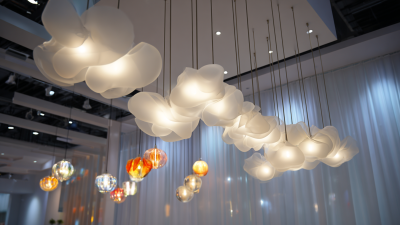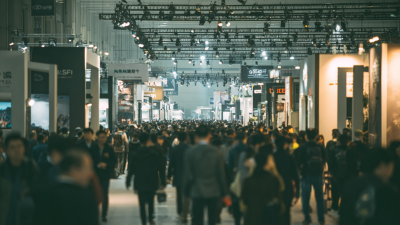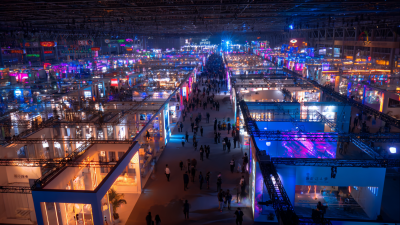As the demand for sustainable solutions continues to rise, the lighting industry is experiencing a transformative shift towards eco-friendly lighting sources. According to the International Energy Agency (IEA), lighting accounts for approximately 15% of global electricity consumption, underscoring the significance of innovation in this sector. Recent advancements in LED technology and the emergence of smart lighting systems have not only enhanced energy efficiency but have also substantially reduced carbon footprints.
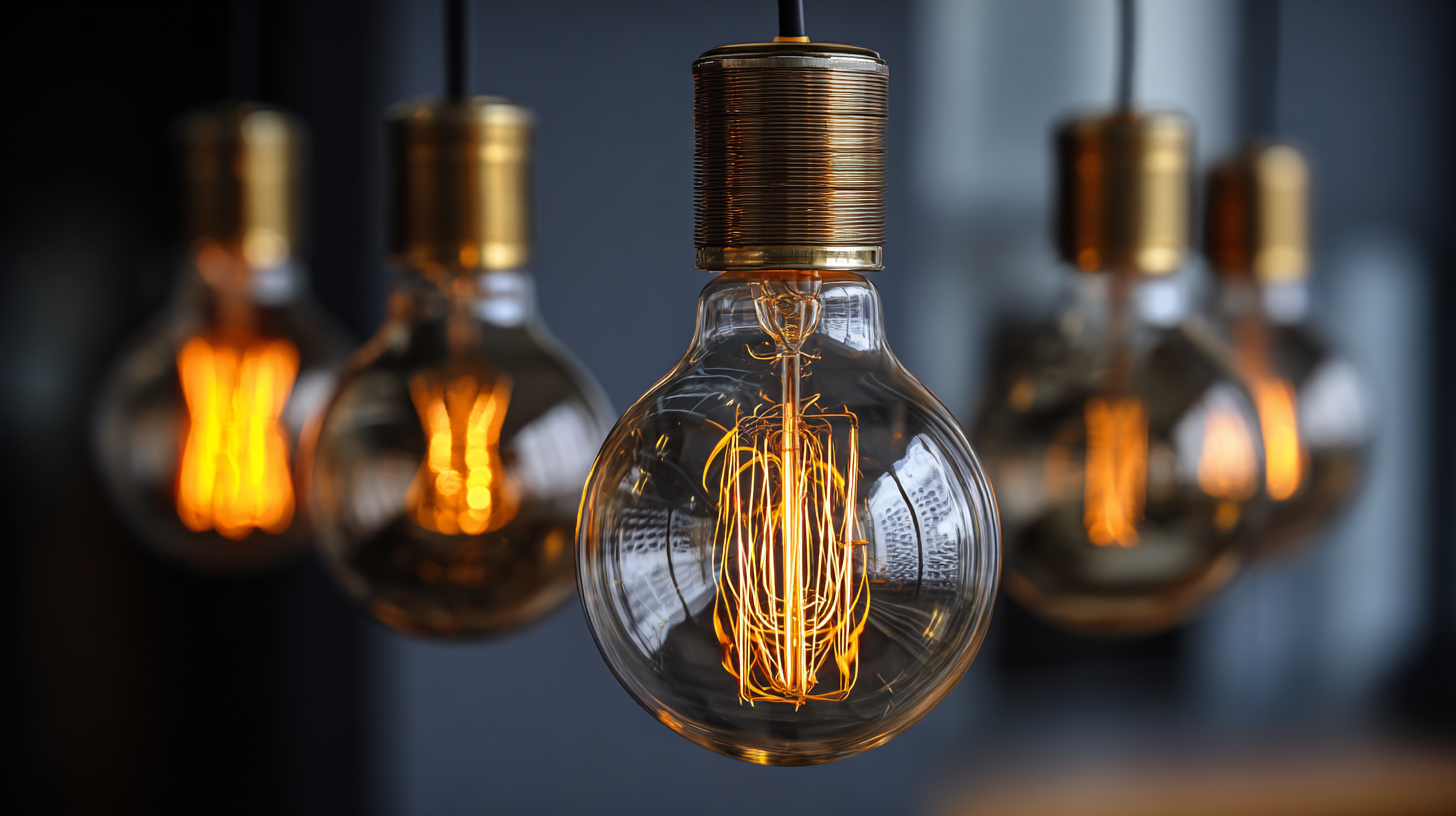
The 2021 Global Lighting Market Report indicates that the LED market alone is expected to reach $60 billion by 2026, reflecting a compound annual growth rate (CAGR) of 13.5%. These innovations not only promise substantial cost savings for consumers but contribute meaningfully to environmental conservation, positioning eco-friendly lighting sources as a vital component in the global effort to combat climate change. As we delve into the key innovations and benefits of these sustainable solutions, it becomes clear that the future of lighting is not only bright but also green.
In a significant shift towards sustainability, innovative technologies are revolutionizing eco-friendly lighting solutions. Quantum dot technology is at the forefront of this transformation, offering unparalleled color accuracy and energy efficiency. According to industry reports, the global quantum dot market is projected to reach $8.5 billion by 2026, driven by a surge in demand for energy-efficient displays and lighting systems. This trend not only enhances visual experiences but also contributes to a significant reduction in energy consumption, aligning with worldwide sustainability goals.
As we explore the impact of green technology, it's essential to recognize that renewable energy solutions are key players in minimizing ecological footprints. Countries that adopt these technologies can improve their load capacity factors, thus promoting a greener economy. Data indicates that integrating renewable energy resources can lead to a 30% decrease in emissions in leading nations devoted to ecological sustainability.
Tips: When considering eco-friendly lighting options, look for products that utilize quantum dot technology for superior efficiency. Additionally, ensure that your choice of lighting is compatible with renewable energy systems to maximize sustainability benefits in your home or business. Embracing these innovations reflects a commitment to environmental stewardship while enjoying high-quality illumination.
Sustainable lighting solutions are transforming the way we illuminate our spaces while significantly benefiting the environment. By utilizing innovations such as LED technology, solar-powered lights, and smart lighting systems, we not only reduce our carbon footprint but also achieve substantial energy savings.
LED lights use up to 75% less energy than traditional incandescent bulbs, which translates to lower electricity bills and a reduction in harmful greenhouse gas emissions.
Tips: To maximize your energy savings, consider installing motion sensors that automatically turn lights on and off based on occupancy. Additionally, incorporating natural light during the day can further decrease the need for artificial lighting, promoting a more eco-friendly home or workspace.
Moreover, the lifecycle of sustainable lighting products generally involves fewer hazardous materials and promotes recyclability. By selecting sustainable options, we contribute to a circular economy that minimizes waste. Choosing products that have longer lifespans not only saves money in the long run but also decreases the frequency of replacements, thus reducing overall environmental impact.
Tips: Look for lighting products that are marked with Energy Star certification, ensuring that they meet strict efficiency guidelines. You can also support local companies that prioritize sustainable manufacturing practices, enhancing both your lighting choices and community impact.
As the demand for sustainable solutions grows, the lighting industry is pivoting from traditional incandescent bulbs to modern eco-friendly options. Traditional lighting sources, such as incandescent bulbs, have long been criticized for their inefficiency, converting only about 10% of energy into light, while the rest is wasted as heat. In contrast, recent studies show that LED lights consume up to 75% less energy and last 25 times longer than their incandescent counterparts. According to a report from the U.S. Department of Energy, widespread adoption of LED lighting could save approximately $30 billion in electricity costs by 2027.
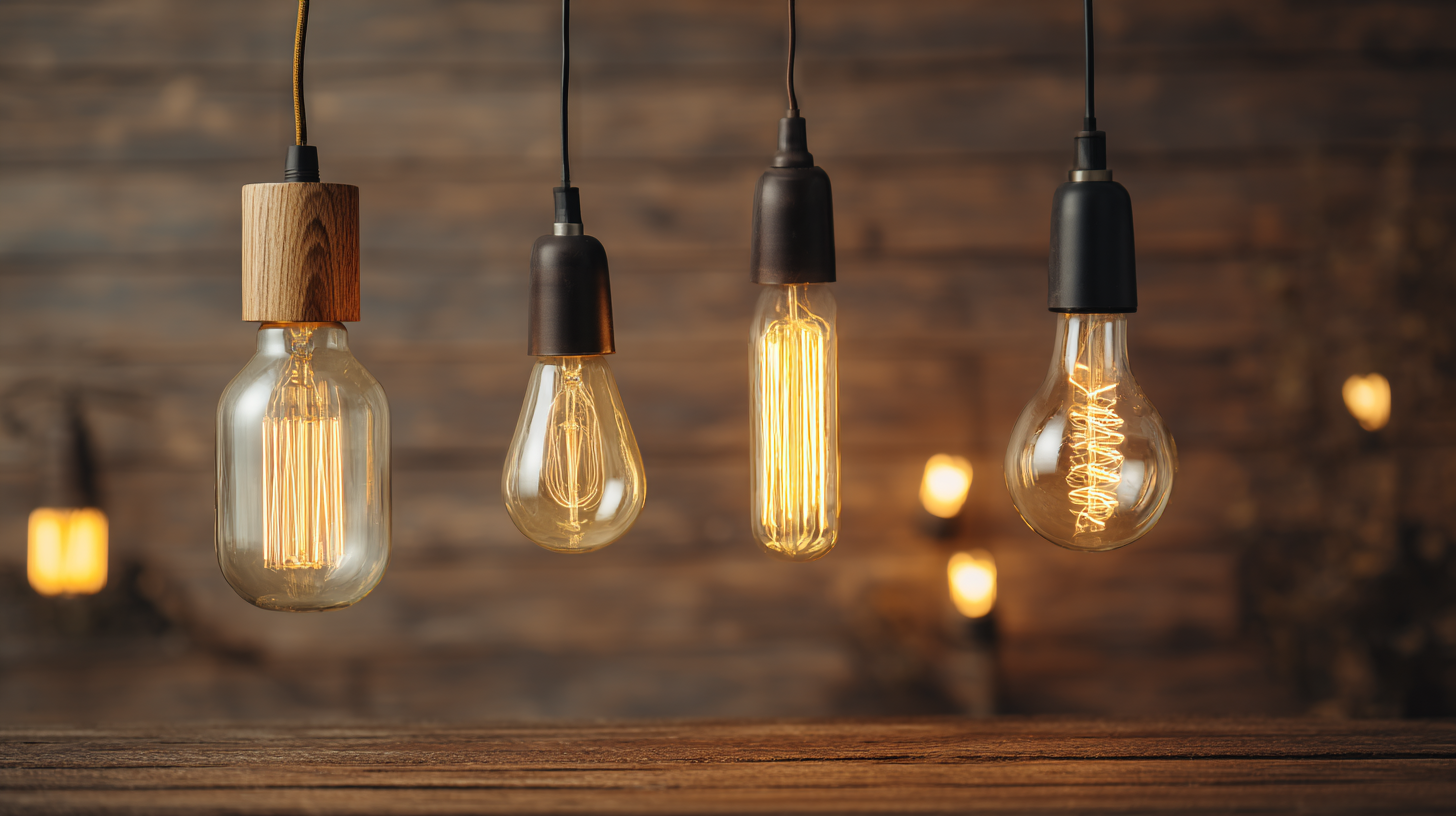
Another innovative eco-friendly lighting source making waves is the use of solar-powered LED systems. These fixtures harness sunlight to generate energy, making them ideal for outdoor lighting and reducing reliance on grid power. The International Energy Agency (IEA) estimates that solar LED technology can provide a consistent and sustainable lighting solution in off-grid and underserved areas, promoting energy independence and environmental sustainability. With these advancements, the lighting industry not only addresses energy efficiency but also enhances accessibility, showcasing the undeniable benefits of transitioning to modern eco-friendly lighting sources.
Smart lighting systems are revolutionizing the way we approach eco-friendly solutions in our homes and workplaces. By integrating advanced technologies such as sensors, timers, and dimmers, these systems significantly reduce energy consumption. For instance, motion sensors can turn off lights when a room is unoccupied, ensuring electricity is utilized only when necessary. This not only lowers energy costs but also minimizes the carbon footprint associated with excessive energy use.
Moreover, smart lighting systems can be connected to home automation networks, allowing users to control their lighting remotely via smartphones or smart home devices. This level of control enables individuals to optimize lighting conditions based on their specific needs, further enhancing energy efficiency. Additionally, many smart lighting solutions utilize LED technology, which is more durable and energy-efficient than traditional bulbs. By embracing these innovations, consumers can enjoy the benefits of modern lighting while contributing to a more sustainable future.
As we move towards a more sustainable future, eco-friendly lighting sources are becoming increasingly popular. Innovations in this field are not only enhancing energy efficiency but also decreasing environmental impact. In the coming years, we can expect significant developments in LED technology, solar-powered lighting options, and smart lighting systems that adapt to users' needs while minimizing energy consumption. These advancements will make eco-friendly lighting more accessible and appealing to consumers and businesses alike.
Tip: To maximize energy savings at home, consider integrating smart lighting systems that use sensors and timers to automatically adjust illumination based on occupancy. This prevents unnecessary energy use and extends the lifespan of your lighting fixtures.
Moreover, the trend of biophilic design is emerging, emphasizing the connection between natural light and human well-being. Future lighting solutions will not only focus on efficiency but also on enhancing mood and productivity through improved light quality. By utilizing natural light simulation and circadian lighting systems, eco-friendly lighting will promote healthier living spaces.
Tip: When designing your own lighting layout, ensure ample natural light enters your space during the day. Utilize reflective surfaces and light-colored walls to enhance brightness, making the most out of the sun's energy.
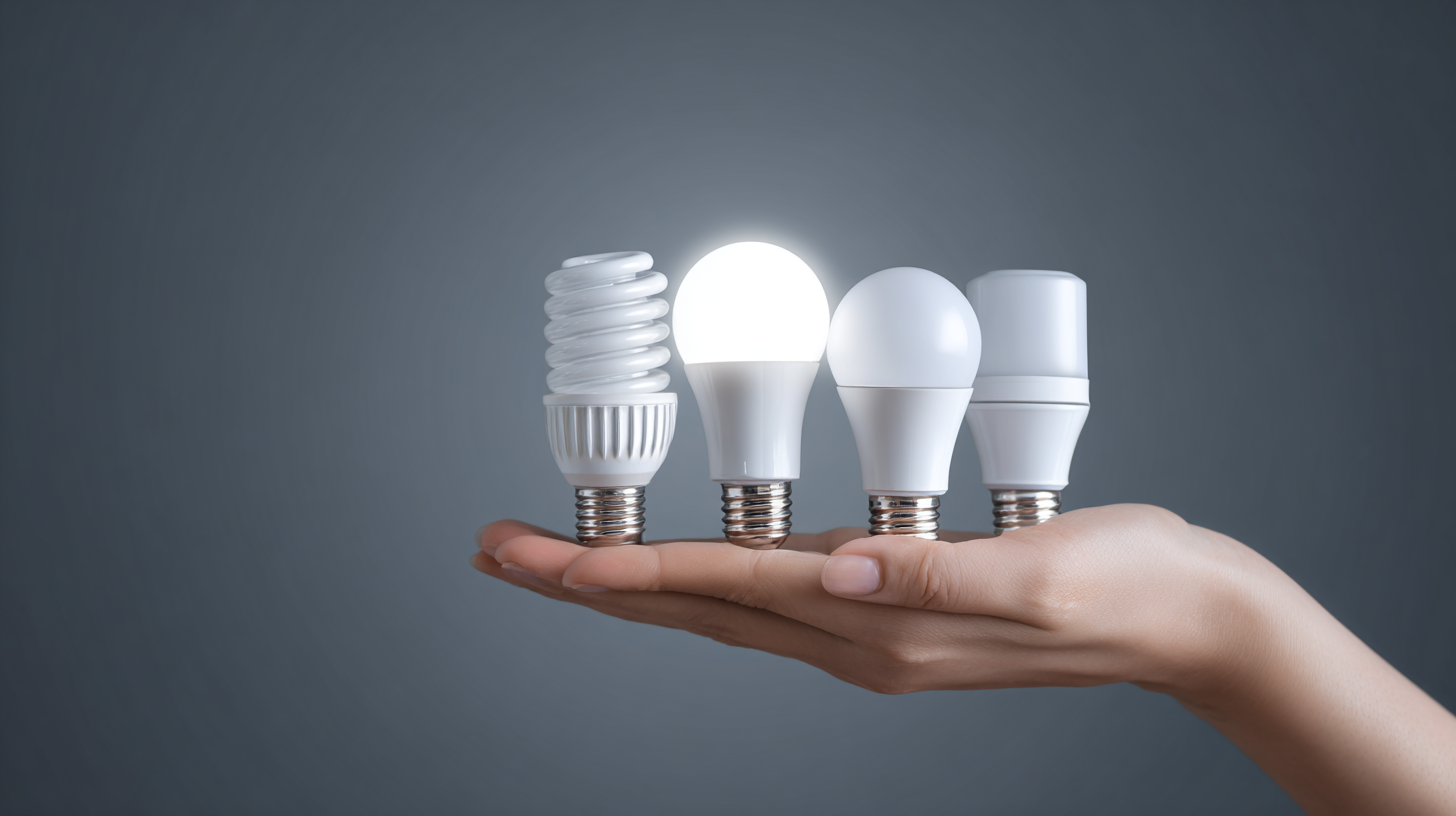
As we move towards a more sustainable future, eco-friendly lighting sources are becoming increasingly popular. Innovations in this field are not only enhancing energy efficiency but also decreasing environmental impact. In the coming years, we can expect significant developments in LED technology, solar-powered lighting options, and smart lighting systems that adapt to users' needs while minimizing energy consumption. These advancements will make eco-friendly lighting more accessible and appealing to consumers and businesses alike.
Tip: To maximize energy savings at home, consider integrating smart lighting systems that use sensors and timers to automatically adjust illumination based on occupancy. This prevents unnecessary energy use and extends the lifespan of your lighting fixtures.
Moreover, the trend of biophilic design is emerging, emphasizing the connection between natural light and human well-being. Future lighting solutions will not only focus on efficiency but also on enhancing mood and productivity through improved light quality. By utilizing natural light simulation and circadian lighting systems, eco-friendly lighting will promote healthier living spaces.
Tip: When designing your own lighting layout, ensure ample natural light enters your space during the day. Utilize reflective surfaces and light-colored walls to enhance brightness, making the most out of the sun's energy.
